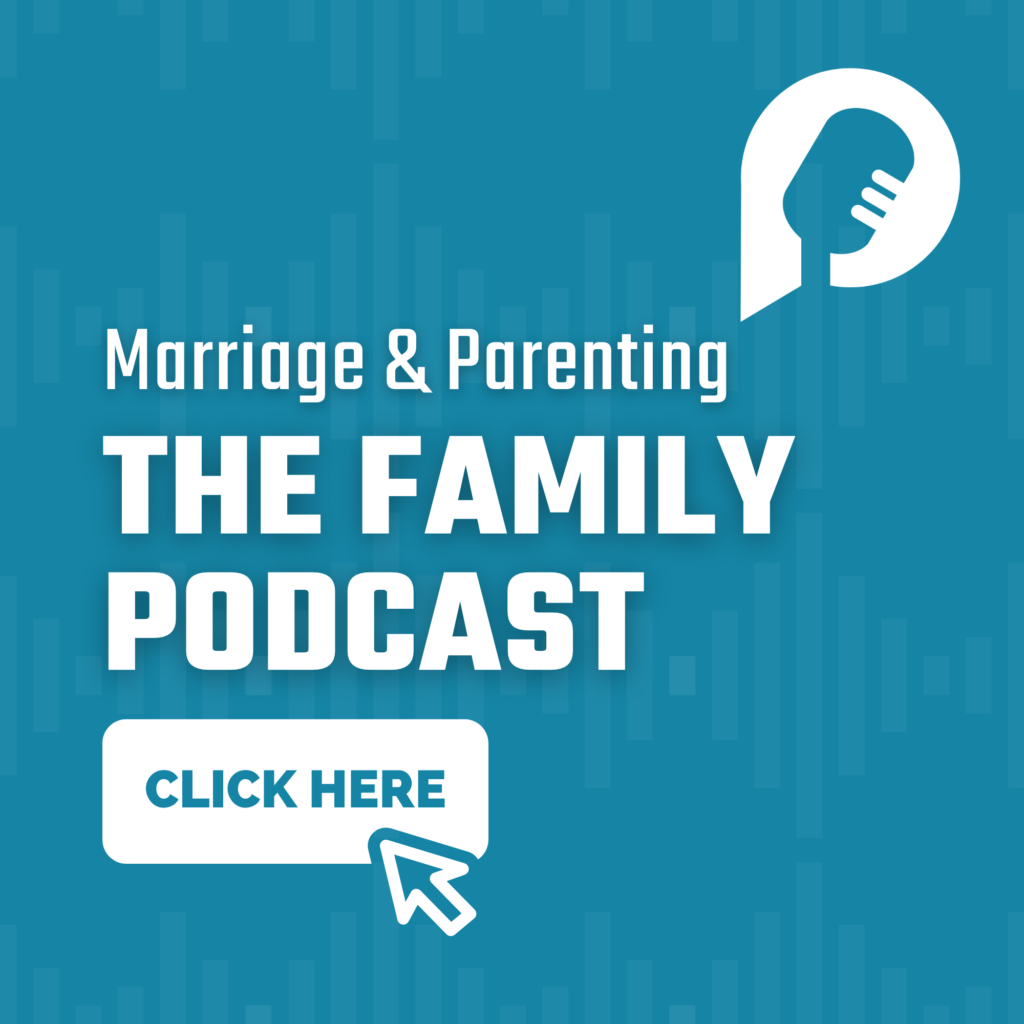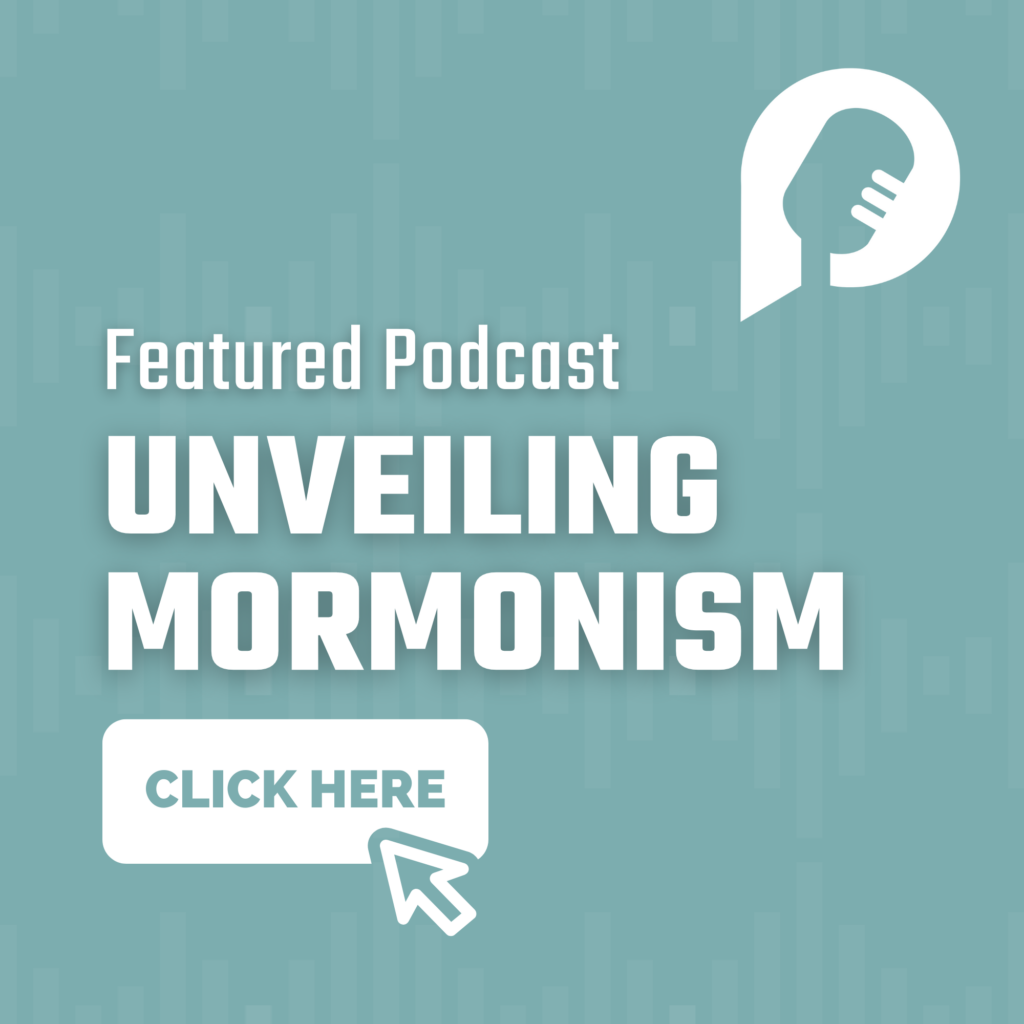Watch the video above and talk about it with a group or mentor. Learn more.
Matthew 14-28 narrates the conclusion of Jesus’s ministry and his death, burial, and resurrection.
Review of Matthew Chapters 1-13
The first thirteen chapters of the book of Matthew had three main themes.
- Jesus is the true messiah.
- Jesus is the new authoritative teacher and he is Immanuel (God with us).
- Jesus announces the coming of the Kingdom of God and brings this into the daily lives of the people. Some people accept this good news while others reject it.
Matthew Chapters 14-28
Chapters 14-20 explore the different expectations that people had for the messiah. We see Jesus performing miracles of healing. He also provided food to some large groups of people just as God had done through Moses while the Israelites were in the wilderness. People were excited and thought Jesus could be the promised messiah, but many people were unsure. However, the religious leaders didn’t share this excitement. They expected the messiah to come as a victorious military leader who would defeat Romans. They viewed Jesus as a false prophet and blasphemer. Opposition increased until these leaders sought to kill Jesus.
Jesus withdrew to spend time teaching his disciples. He taught them that he would suffer and die for the sins of the people and that the Kingdom of God was different from what they expected. Jesus would reign not by being a military leader, but by being a servant. In Christ’s kingdom, subjects don’t seek revenge but are to forgive their enemies. We gain by giving away and are to follow Jesus’s example of serving others. It became clear that Jesus would lay down his life for Israel, though his disciples did not fully understand what this meant.
At the time of the Passover, Jesus entered Jerusalem riding on a donkey. He entered the temple and confronted the hypocrisy taking place there. He employed his royal authority over the temple and in so doing challenged the authority of the religious leaders.
A final block of teaching in this section of Matthew shows Jesus telling his disciples what would happen to him. He told them of the destruction coming for both Israel and the temple and instructed the disciples to stay alert and to keep announcing the Kingdom of God.
Jesus celebrated the Passover meal with his disciples in an event we call “The Last Supper.” The bread were to be new symbols of his body and blood, which would be broken and shed on the cross. Jesus’s death would redeem humanity from slavery to sin.
After the Passover meal, Jesus was arrested in the Garden of Gethsemane after he was betrayed by one of his disciples, Judas Iscariot, and sentenced to death by a group of Jewish leaders. During this section, Matthew once again increases his references to the Old Testament. He shows that Jesus’s death is not a tragedy or failure, but a fulfillment of all the prophecies about the coming messiah. Jesus bears the consequences of all sin.
The end of the book of Matthew documents the resurrection and specific times when Jesus is seen alive by people. It concludes with a final teaching:
Matthew 28:19-20 Therefore, go and make disciples of all the nations, baptizing them in the name of the Father and the Son and the Holy Spirit. Teach these new disciples to obey all the commands I have given you. And be sure of this: I am with you always, even to the end of the age.
- What is your initial reaction to this topic? What jumped out at you?
- Jesus taught the disciples that his kingdom would be different from an earthly kingdom. What were some differences that were listed in this video? Which are the most difficult for you to follow?
- The religious leaders had some specific hopes and expectations for the messiah that were not accurate. Some of the disciples were also confused. Do you have any hopes or expectations of God that may not be true? Explain.
- Read Exodus 12:21-23 and Matthew 26:26-30 Compare what was accomplished through the Passover with what the death and resurrection of Jesus accomplished.
- What meaning does this give to the description of Jesus as the Lamb of God found in John 1:29?
- Read Matthew 28:18-20 What is the command and what is the promise in these verses? Do you think they apply to you today? Explain.
- Write a personal action step based on this conversation.






